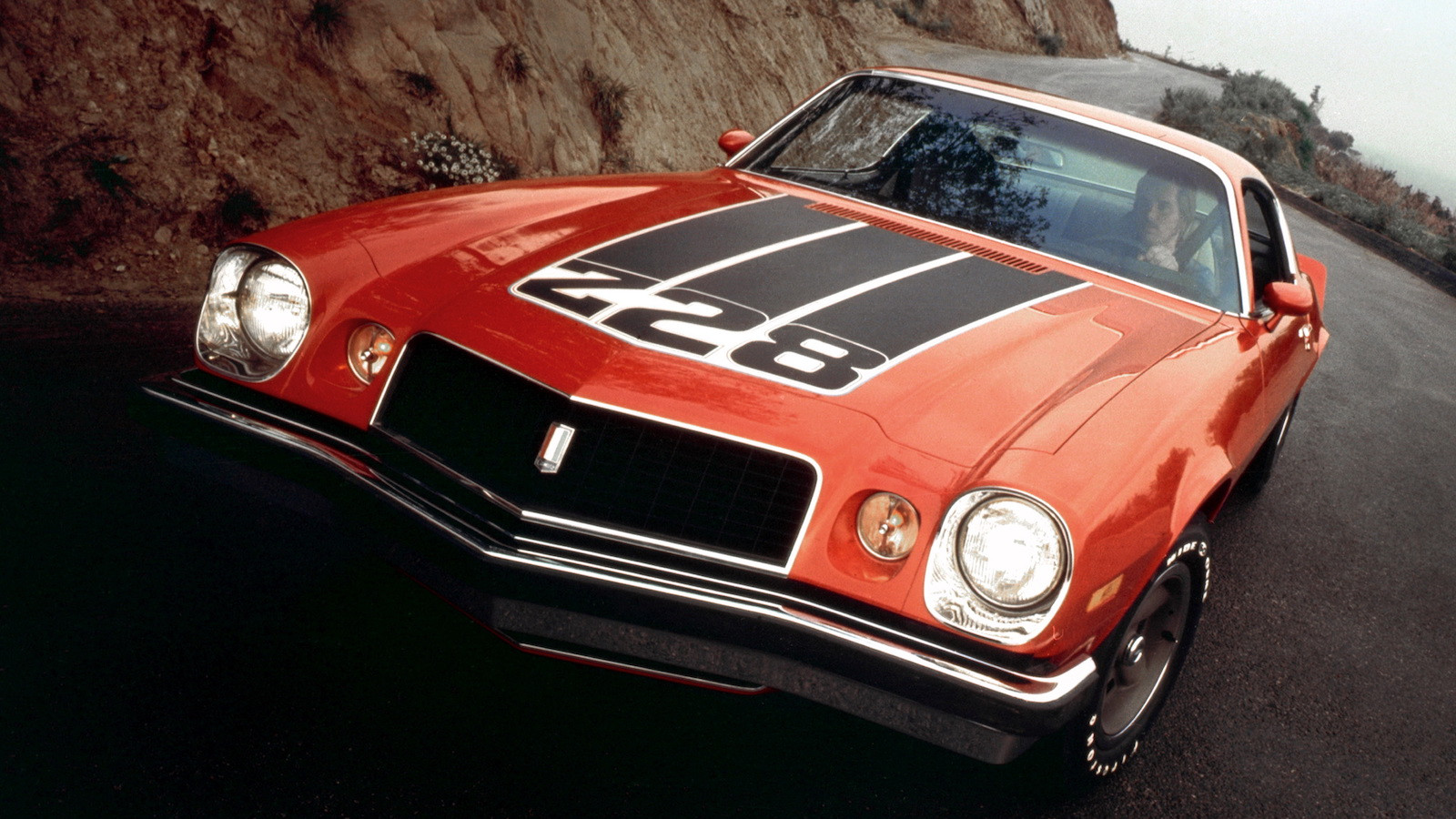
For decades, the Roman Catholic Church, with billions of followers worldwide, has faced a profound moral and institutional crisis involving widespread sexual abuse by clergy and persistent allegations of systematic cover-ups. This disturbing chapter, which gained sharp public attention in the late 20th and early 21st centuries, has severely shaken the trust of congregations globally and continues to demand thorough accountability and transparency.
This article presents an in-depth, factual examination based exclusively on documented cases and reports. It aims to offer a clear, comprehensive, and objective account consistent with investigative journalism principles, illuminating sensitive and complex issues that have long remained in the shadows or insufficiently addressed by the institution.
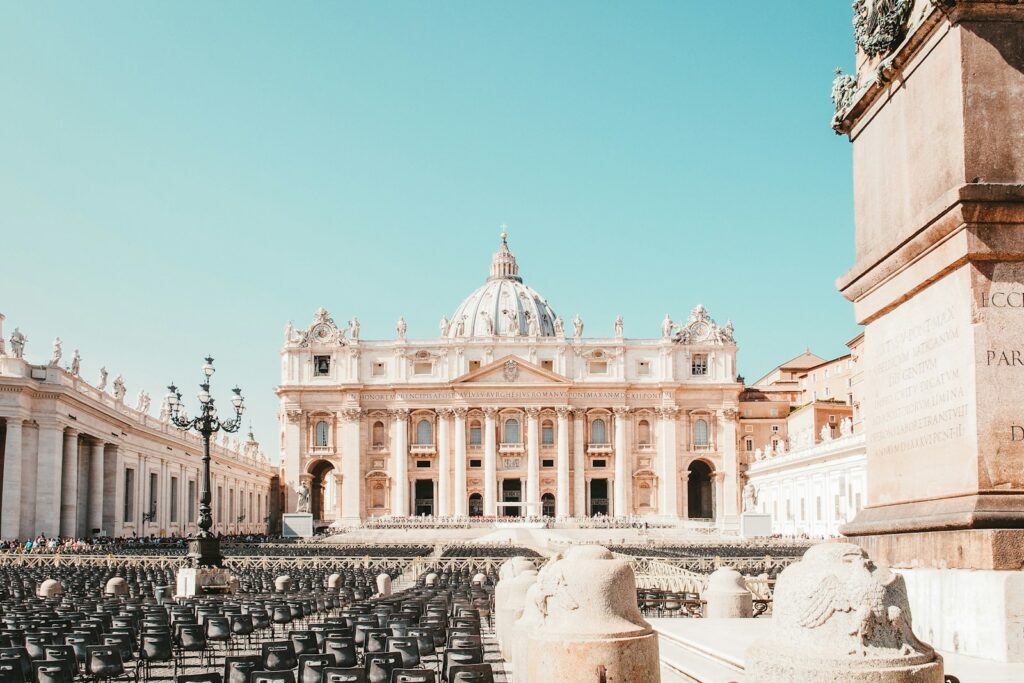
Key Cases and Institutional Responses
From the Vatican’s highest ranks to local parishes, patterns of abuse and often inadequate institutional responses reveal a deeply rooted problem. One of the most senior figures to face severe consequences was Theodore McCarrick. In 2018, Pope Francis ordered McCarrick to a life of prayer and penance following serious allegations. In 2019, McCarrick was formally laicized—the first cardinal removed from the priesthood for sexual misconduct—highlighting the Church’s difficult efforts to confront misconduct among its top officials.
The abuse cases involve priests, nuns, and other religious figures, often targeting vulnerable children, mainly boys aged 11 to 14, though victims include girls as young as three. Public outrage increased notably from the late 1980s, driven not only by the abuse itself but also by revelations of deliberate cover-ups. Church authorities frequently transferred accused priests to other dioceses, allowing abuse to continue unchecked.
A landmark moment came in 2002 when The Boston Globe’s investigation exposed widespread abuse in Massachusetts, leading to extensive media coverage across the United States and beyond. This reporting revealed long-term abuse patterns and systematic efforts by Church hierarchy to conceal allegations. It encouraged victims worldwide to come forward, prompting intensified scrutiny by law enforcement, governments, and the media. The investigation’s impact was so significant that it contributed to a substantial decline in Catholic school enrollments.
The Vatican’s official response has evolved gradually but often faced criticism. Pope John Paul II issued an apology in 2001, describing sexual abuse as a “profound contradiction” of Church teachings. His successor, Benedict XVI, expressed shame and called for justice, meeting with victims. Pope Francis, despite initial controversy in 2018 for misjudging victims’ testimonies, later acknowledged his error and convened a global summit in 2019 to address prevention. He also enacted major reforms in church law aimed at greater transparency and accountability.
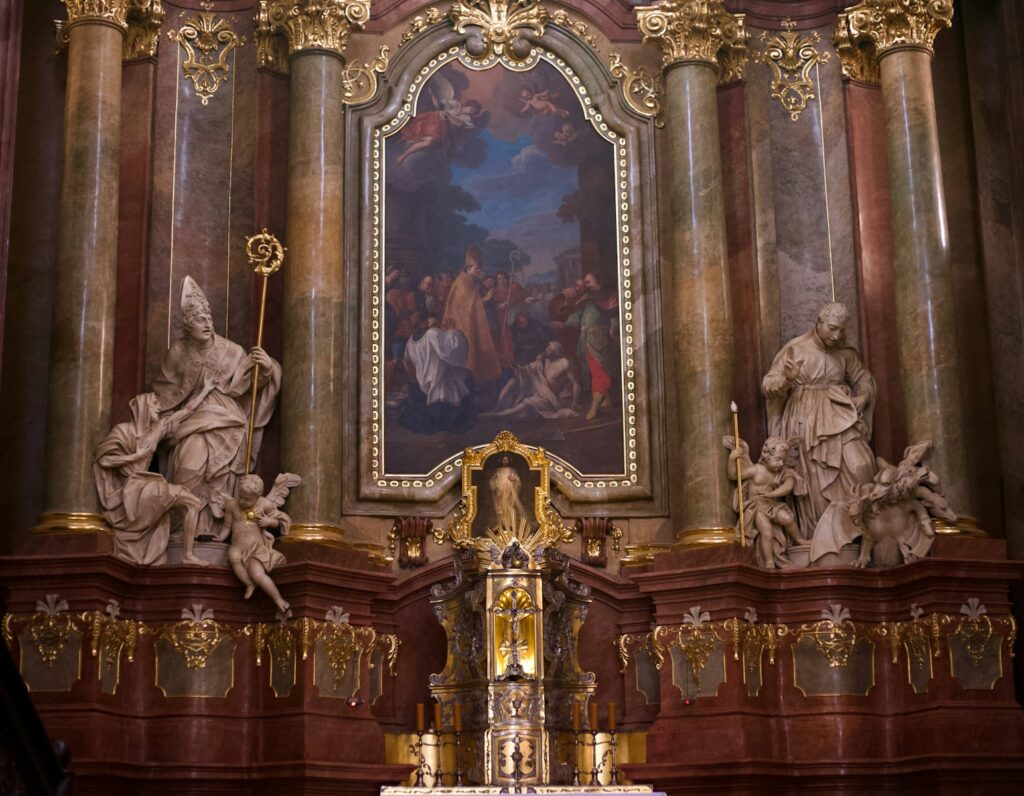
Historical Background and Global Spread
Sexual abuse within the Church is not a recent phenomenon. Historical records date back to the 11th century, with early figures like Peter Damian condemning such abuses. Accounts from the late 15th century and the Reformation era also highlight longstanding problems.
In modern times, media and public focus has extended beyond the United States to countries such as Canada, Ireland, the United Kingdom, the Philippines, Belgium, France, Germany, and Australia. Many allegations are reported years after the incidents, reflecting the crisis’s global scale and enduring impact.
Ireland faced a particularly stark confrontation with abuse through a six-decade official inquiry revealing endemic sexual abuse in Catholic boys’ institutions. The commission found that church leaders and government inspectors failed to stop systemic beatings, rapes, and humiliation. Poverty and social vulnerability were significant factors in victimization.
Australia’s extensive investigations revealed over 100 charged priests and linked dozens of suicides directly to clerical abuse. The 2013 Australian Royal Commission expanded its inquiry beyond the Church, emphasizing the widespread institutional nature of the problem.
Canada’s crisis includes notorious cases such as the Mount Cashel Orphanage scandal, involving abuse concealed by collusion between Church, government, and police. Notable offenders include Father Charles Henry Sylvestre and Father William Hodgson Marshall. The abuse within Catholic-run residential schools profoundly affected Indigenous communities, with leaders like Phil Fontaine and authors like Michael D. O’Brien highlighting its systemic and traumatic impact.
Latin America has grappled with high-profile cases such as Father Marcial Maciel, founder of the Legion of Christ, accused of abusing minors and fathering children. Various countries including Costa Rica, the Dominican Republic, El Salvador, Honduras, Argentina, and Bolivia have exposed numerous cases, illustrating the crisis’s regional depth.
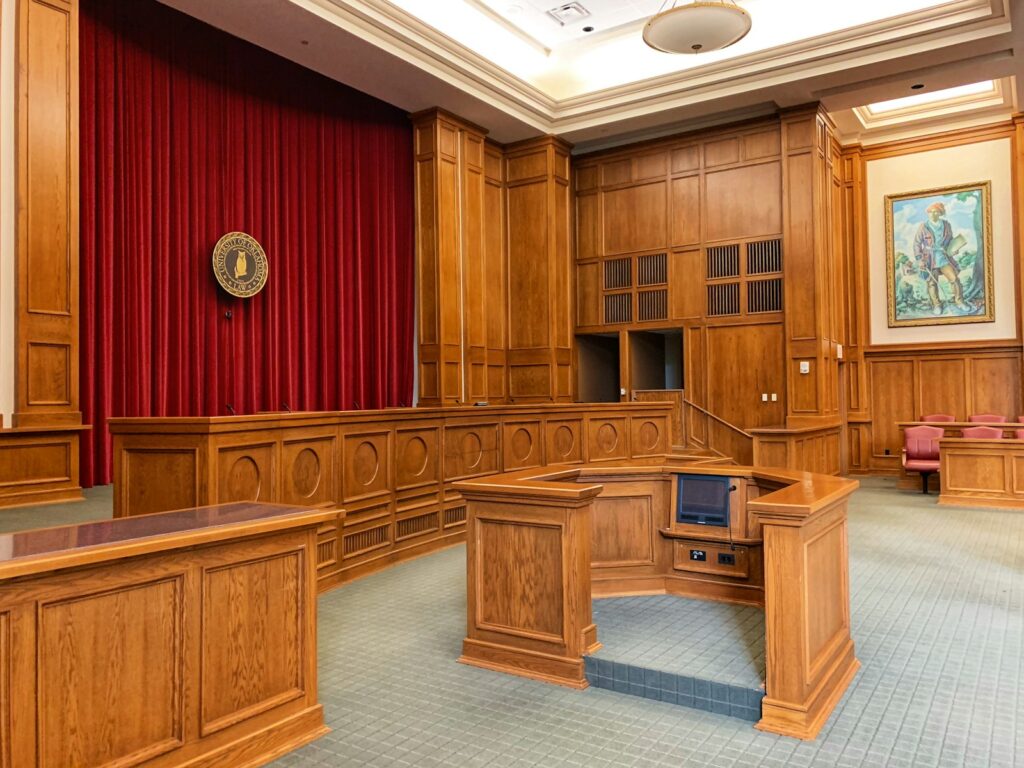
Financial and Institutional Impact
The United States has seen thousands of lawsuits since 1950, leading to over $3 billion in settlements, reflecting the scale of harm and efforts at compensation. Major settlements include the Roman Catholic Diocese of Orange ($100 million), Archdiocese of Los Angeles ($660 million), Diocese of San Diego ($198.1 million), and others. Between 2004 and 2011, eight dioceses declared bankruptcy due to mounting claims.
Such financial consequences underscore the economic and moral toll of decades of abuse and institutional delay in addressing the problem.
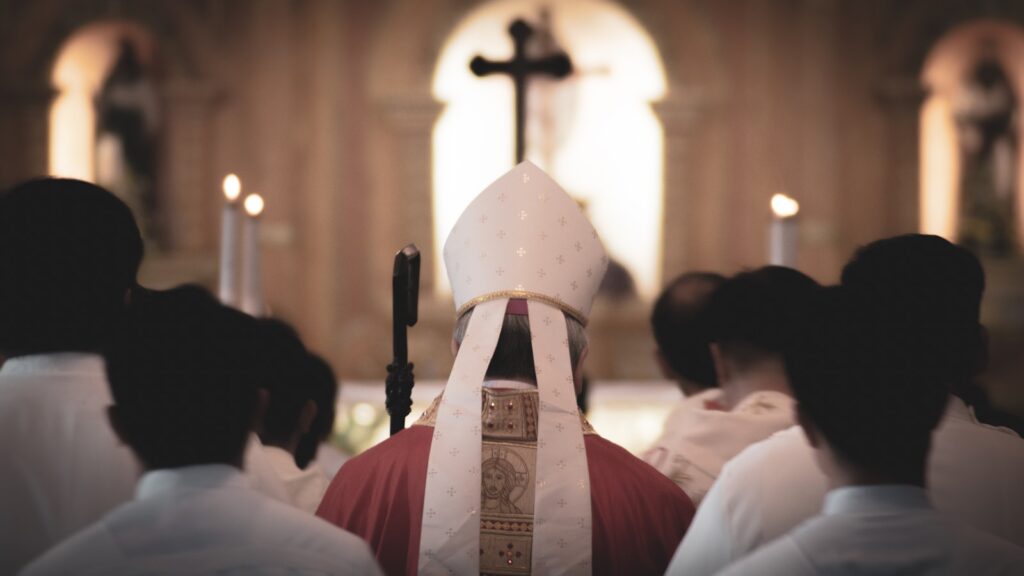
Ongoing Challenges and Controversies
Despite growing awareness, persistent criticism targets Church practices that appear to obstruct justice. Bishops have withheld names of accused clergy, and investigations reveal that more than 50 credibly accused U.S. priests were transferred internationally after allegations surfaced. This practice, prioritizing institutional reputation over child safety, perpetuates harm and complicates legal redress.
The Vatican’s approach has improved under Pope Francis, with summits and law reforms promoting transparency. However, earlier popes John Paul II and Benedict XVI were found to have been aware of allegations against McCarrick but failed to act decisively. U.N. special rapporteurs in 2021 criticized the Vatican for obstructing domestic judicial processes.
Some Church representatives and Christian media argue that abuse also occurs in other institutions and religions, sometimes disputing the extent of the problem within Catholicism. Research offers mixed perspectives, with some studies estimating around 4% of priests accused between 1950 and 2002, a figure comparable to the general population, yet the systematic cover-ups distinguish the Catholic crisis.

The revelations have prompted a global call for justice and reform. In 2017, the Vatican acknowledged a backlog of 2,000 cases awaiting investigation. Legal actions continue, including a 2023 lawsuit in Colorado facilitated by new legislation allowing historical claims.
Challenges remain in balancing ecclesiastical processes with civil law demands and overcoming institutional resistance. Transparency issues and ongoing cover-ups hinder full accountability.
Moving forward, the Church faces the critical task of rebuilding trust through genuine care for survivors, clear legal cooperation, and consistent application of reforms. The path to complete reckoning with these scandals demands sustained vigilance from victims, media, civil society, and the Church itself.

:max_bytes(150000):strip_icc()/GettyImages-2177027868-0d3f2dec35ac412599d1b30af431cbbf.jpg)

